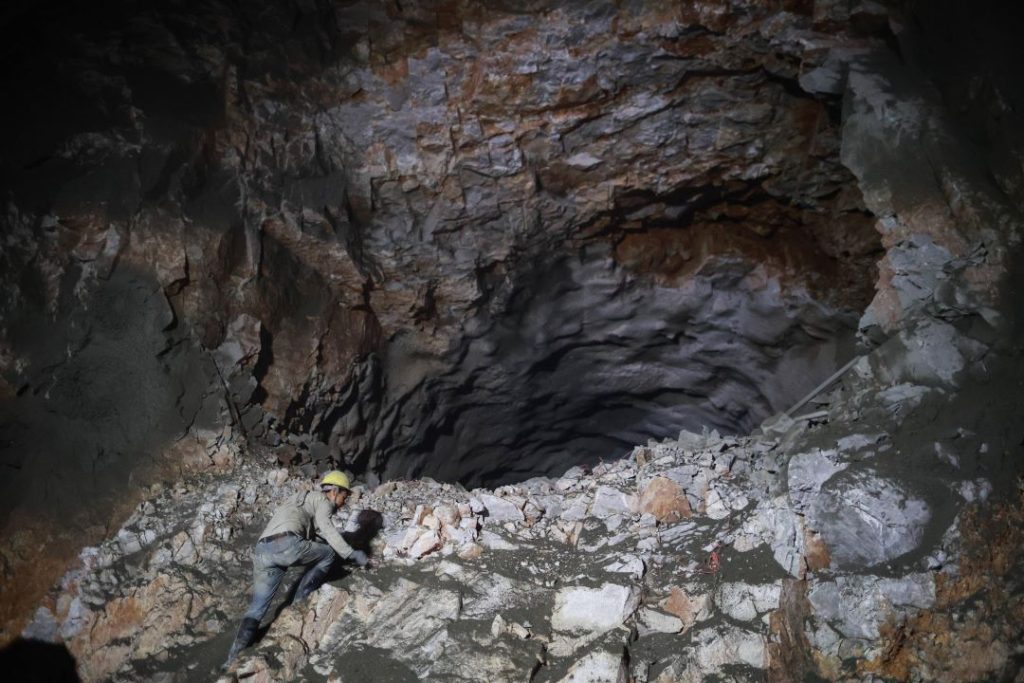What are the problems with tunnel construction? Tunnel construction is a complex engineering process that involves various challenges. These problems can arise due to technical, environmental, and safety factors. Some common issues include:

I. Geological aspects
Difficult to accurately detect due to complex geological conditions
Although geological surveys are conducted before tunnel construction, due to the complexity and uncertainty of geological conditions, it is often difficult to completely and accurately detect all geological conditions along the tunnel. For example, there may be undetected adverse geological bodies such as faults, karst caves, and underground rivers, bringing great risks to construction. Once these adverse geological bodies are encountered during construction, disasters such as collapses, water gushing, and mud gushing may occur, seriously affecting the construction progress and personnel safety.
For example, in the construction of a mountain tunnel in a certain area, a large karst cave was not found in the preliminary survey, but a karst cave suddenly appeared during construction, leading to the collapse of the tunnel roof, which not only caused equipment damage but also endangered the lives of construction personnel. At the same time, the construction progress was seriously lagging behind.
Stability problems of surrounding rock
If the surrounding rock around the tunnel has poor stability, deformation and collapse may occur during construction. Different surrounding rock grades have different mechanical properties and stability characteristics. For example, soft rock tunnels are prone to large deformations, and hard rock tunnels may have the risk of rock bursts.
For example, in some soft rock tunnels, due to the poor self-stabilizing ability of the surrounding rock, if support is not timely or the support strength is insufficient after excavation, the surrounding rock deformation will be too large and even collapse accidents will occur. In hard rock tunnels, rock bursts may occur suddenly, posing a serious threat to construction personnel and equipment.
II. Technical aspects
Improper selection of construction methods
There are many tunnel construction methods, such as drilling and blasting method, shield method, TBM method, etc. Different construction methods are suitable for different geological conditions and engineering requirements. If the construction method is improperly selected, it may lead to low construction efficiency, increased costs, and increased safety risks.
For example, in mountainous tunnels with complex geological conditions, if the shield method is blindly used for construction, construction difficulties may occur due to the adaptability problems of the shield machine to geological conditions, and even 推进会 be impossible. In the construction of urban subway tunnels, if the impact on surrounding buildings and underground pipelines is not considered and an inappropriate construction method is selected, it may cause serious damage to the surrounding environment.
Support technology problems
Support in tunnel construction is the key to ensuring construction safety and long-term stability of the tunnel. If the support design is unreasonable or the construction quality is not up to standard, support failure may occur, which in turn may lead to collapses and other accidents.
For example, problems such as insufficient anchor rod length, insufficient strength of shotcrete, and irregular installation of steel arches may all affect the support effect. In some tunnel constructions, due to the failure of support technology, local collapses occur in the tunnel during construction, which brings great difficulties to construction.
III. Environmental aspects
Impact on the surrounding ecological environment
Tunnel construction may damage the surrounding ecological environment, such as destroying vegetation, affecting the habitats of wild animals, and causing soil erosion. Especially in areas with fragile ecological environments such as mountainous areas, the impact of tunnel construction on the ecological environment is more obvious.
For example, if the waste slag generated during tunnel excavation is randomly stacked, it may block rivers, destroy vegetation, and trigger natural disasters such as mudslides. At the same time, noise and dust generated during construction will also interfere with surrounding animals and plants.
Impact on the lives of surrounding residents
Tunnel construction may generate noise, vibration, dust and other pollution, affecting the lives of surrounding residents. This impact is more prominent especially in urban tunnel construction.
For example, noise during construction may affect the rest and sleep of surrounding residents, and vibration may cause damage to surrounding buildings. In addition, the dust generated during construction will also affect the surrounding air quality and endanger the health of residents.
IV. Management aspects
Inadequate safety management
Tunnel construction is a high-risk operation. If safety management is not in place, safety accidents are prone to occur. For example, problems such as construction personnel not following safety operation procedures, imperfect safety protection facilities, and lax safety inspections may all lead to safety accidents.
For example, in some tunnel constructions, due to construction personnel not wearing protective equipment such as safety helmets and seat belts correctly, they were seriously injured in accidents. In some construction sites, safety warning signs are not obvious, which can also easily lead to safety accidents.
Inconsistent quality management
The construction quality of tunnels is directly related to the service life and safety performance of tunnels. If quality management is not strict, quality problems such as tunnel leakage, cracks, and deformations may occur.
For example, in some tunnel constructions, due to substandard concrete pouring quality, cracks appear in the tunnel, affecting the structural stability of the tunnel. In waterproof engineering construction, if the quality is not up to standard, it may lead to tunnel leakage and seriously affect the use function of the tunnel.
Tunnel projects require thorough planning, risk assessment, and technological solutions to mitigate these challenges and ensure safety and efficiency.




